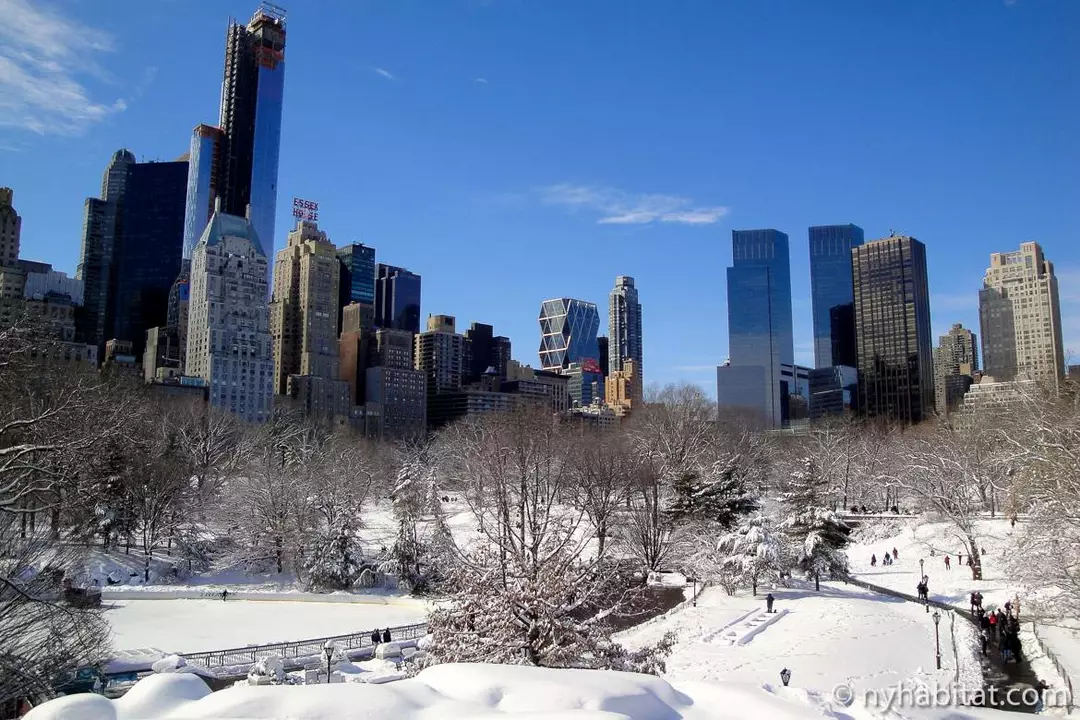Travel and Road Trips: Your Go-To Guide for Memorable Journeys
Ready to hit the open road? Whether you’re chasing mountain vistas, coastlines, or hidden cafes, the right plan makes all the difference. On this page we break down the basics you need – from packing smart to picking the safest routes when the weather turns chilly.
Winter Driving Essentials
Cold weather can turn a smooth highway into a slippery challenge. First, check your tire tread and consider swapping to winter tires or adding chains if you’ll face snow. Keep an emergency kit in the trunk: blankets, a flashlight, water, and a few snacks. A quick glance at the forecast before you leave can save you from unexpected storms. If you’re traveling during daylight, plan most of your mileage before sunset – visibility drops fast once the sun goes down.
One real‑world example comes from a recent trip from Denver to Seattle. The driver chose I‑25 North to connect with I‑90 West, avoiding high mountain passes that often close in winter. By staying on major interstates, they got reliable snow clearing and frequent rest stops. Frequent breaks not only keep you alert but give your car a chance to warm up and clear any ice buildup.
Top Routes to Explore
Every road trip starts with a route, and the best ones balance scenery with safety. Here are three crowd‑pleasers:
- Coastal Cruise (California to Oregon): Cruise Highway 1 for ocean views, but keep an eye on fog and occasional rockslides.
- Rocky Mountain Loop (Denver to Salt Lake City): Take I‑70 East for dramatic peaks. In winter, watch for avalanche warnings and road closures.
- Pacific Northwest Trail (Denver to Seattle): Follow I‑25 North then I‑90 West. This route skips the highest passes and offers plenty of service stations.
Each option lets you adjust the distance you want to cover each day. If you love stopping at quirky roadside diners, pick the longer path with more small towns. If you’re racing against time, stick to the interstate that’s well‑maintained and offers frequent fueling options.
Beyond the road itself, think about what you want to experience. Do you crave sunrise over a canyon? Pack an early start and pull over at a vista point. Looking for a historic town? A quick detour off the main highway can land you in a place where you can stretch your legs and enjoy a local brew.
Finally, stay flexible. Weather can change in minutes, especially in the mountains. Keep a navigation app handy for real‑time alerts on road closures, and don’t hesitate to reroute if a storm rolls in. A little flexibility can turn a potential delay into an unexpected scenic detour.
So, grab your map, load up the snacks, and hit the road with confidence. Whether you’re heading north from Denver, exploring the coast, or simply planning a weekend escape, these tips will keep you safe and make the journey as rewarding as the destination.

What's the best way to drive from Denver to Seattle in the winter?
During my recent winter road trip from Denver to Seattle, I found that the best route to take was I-25 North, connecting to I-90 West. This path avoids high mountain passes and treacherous road conditions, making it the safest option during winter months. It is essential to frequently check weather updates and road closures along the way, as conditions can change rapidly. Furthermore, driving during daylight hours and taking regular breaks to rest will ensure a smoother journey. Lastly, equipping your vehicle with snow tires or chains is highly recommended for a safe and enjoyable trip.
© 2025. All rights reserved.